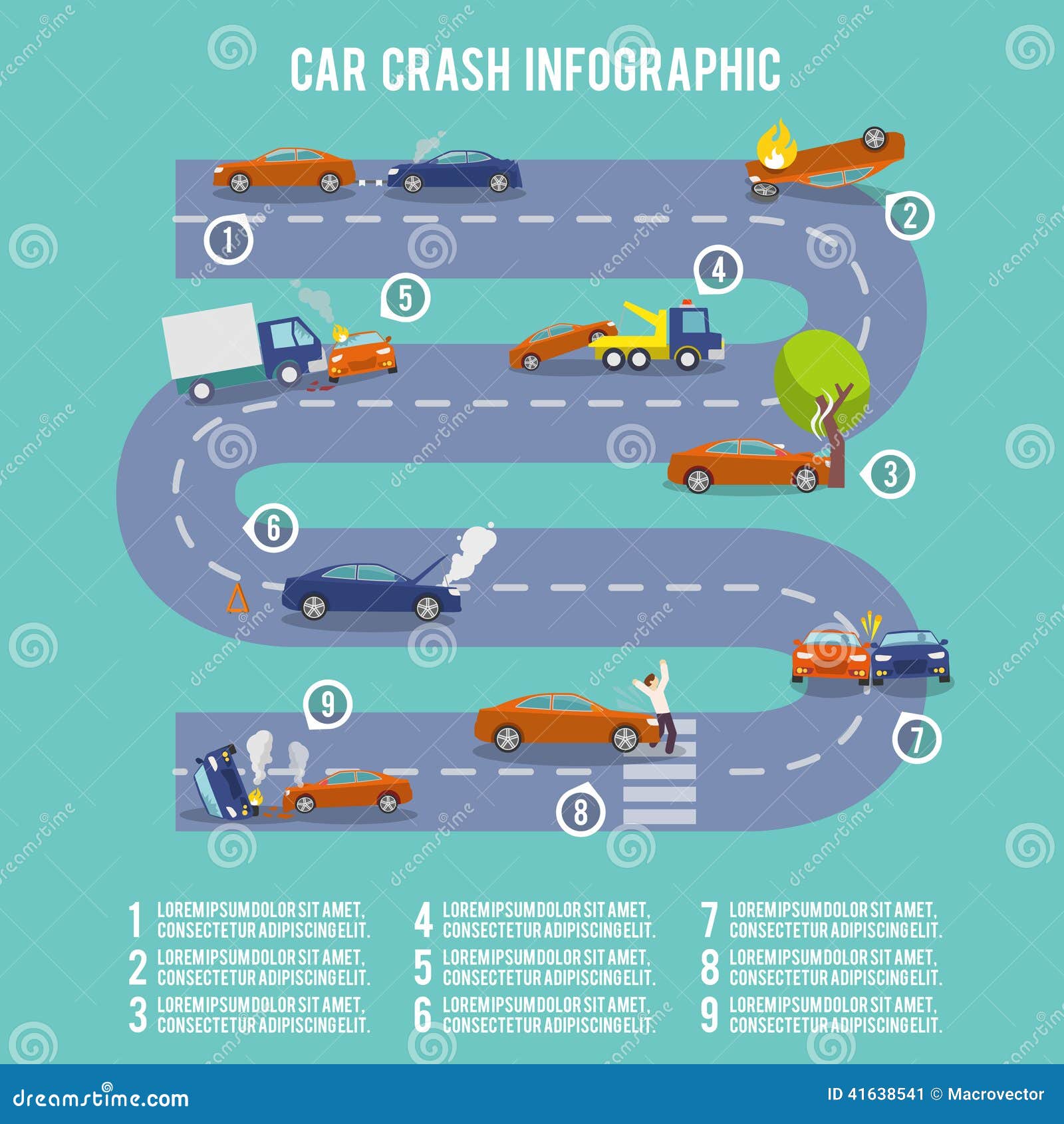Interested In Understanding The Caution Lights On Your Car'S Control Panel? Discover Their Value For Your Car'S Security And General Problem
Interested In Understanding The Caution Lights On Your Car'S Control Panel? Discover Their Value For Your Car'S Security And General Problem
Blog Article
Material Author-Hartley Shepherd
When you lag the wheel, those radiant caution lights on your control panel can be a little bit difficult. Do you recognize what they're trying to tell you about your automobile's health and wellness? Recognizing the relevance of these lights is vital for your safety and security and the durability of your vehicle. So, aquacarservicesflatbush among those lights turns up, wouldn't you intend to decode its message properly and take the necessary steps to resolve it?
Common Warning Lights and Interpretations
Identify common caution lights in your auto and understand their definitions to guarantee risk-free driving.
One of the most common caution lights include the check engine light, which indicates problems with the engine or emissions system. If this light begins, it's essential to have your vehicle inspected without delay.
https://elliotticbvp.targetblogs.com/31729663/the-influence-of-automobile-detailing-on-resale-value-insights-from-study alerting light shows low oil pressure, needing prompt focus to stop engine damage.
A blinking battery light could recommend a defective billing system, potentially leaving you stranded otherwise resolved.
The tire pressure tracking system (TPMS) light informs you to low tire stress, impacting automobile security and fuel effectiveness. Overlooking this could cause dangerous driving problems.
The abdominal light indicates an issue with the anti-lock braking system, jeopardizing your ability to quit promptly in emergencies.
Finally, https://griffinmhcvq.blogpixi.com/31491788/are-you-considering-the-relevance-of-auto-outlining-in-relation-to-your-vehicle-s-resale-value alerting light warns of engine overheating, which can lead to serious damages otherwise solved swiftly.
Recognizing these typical warning lights will certainly assist you address issues immediately and maintain risk-free driving problems.
Relevance of Prompt Focus
Recognizing the common warning lights in your auto is only the very first step; the significance of promptly dealing with these warnings can not be stressed enough to ensure your safety and security when traveling.
When a warning light illuminates on your control panel, it's your auto's means of communicating a prospective concern that needs interest. Ignoring these warnings can result in much more serious issues in the future, endangering your security and potentially costing you a lot more out of commission.
Trigger attention to alerting lights can stop breakdowns and crashes. For instance, a flashing check engine light can show a misfire that, if left unattended, might create damages to the catalytic converter. Resolving your domain name can save you from an expensive repair service.
Likewise, a brake system advising light could signal reduced brake fluid or used brake pads, important parts for your safety when driving.
Do It Yourself Troubleshooting Tips
If you see a caution light on your control panel, there are a couple of DIY repairing suggestions you can try before looking for expert assistance.
The primary step is to consult your cars and truck's handbook to recognize what the particular warning light indicates. In some cases the concern can be as basic as a loosened gas cap setting off the check engine light. Tightening the gas cap might settle the issue.
An additional usual concern is a reduced battery, which can activate various cautioning lights. Checking the battery connections for corrosion and ensuring they're safe may take care of the trouble.
If a caution light persists, you can try resetting it by disconnecting the auto's battery for a couple of minutes and afterwards reconnecting it. In addition, inspecting your vehicle's liquid levels, such as oil, coolant, and brake fluid, can assist troubleshoot cautioning lights related to these systems.
Verdict
In conclusion, recognizing your cars and truck's warning lights is essential for keeping your automobile running smoothly and securely. By promptly dealing with these notifies and recognizing what they imply, you can stay clear of costly repair services and potential break downs.
Remember to consult your vehicle's handbook for particular information on each cautioning light and do something about it appropriately to guarantee a trouble-free driving experience.
Stay notified, stay safe when driving!
